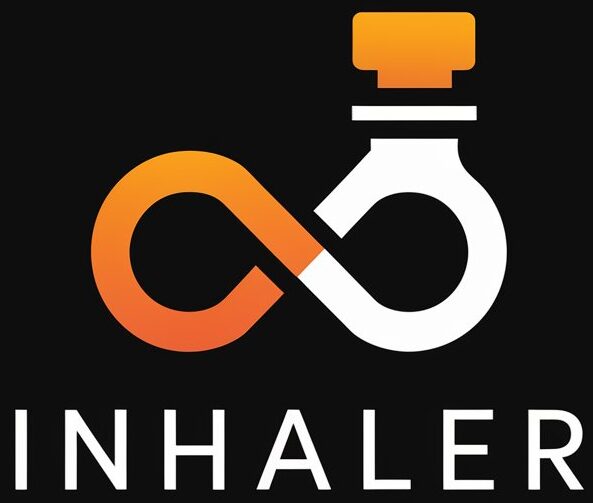The human respiratory system is a complex network of organs and structures that facilitate the essential process of breathing. Under certain medical conditions, this functioning can become impaired, making it difficult to breathe. Conditions such as asthma, chronic bronchitis, and other types of chronic obstructive pulmonary disease (COPD) can cause tightening of the airway muscles, leading to shortness of breath. Fortunately, these symptoms can be managed with the help of medications, among which bronchodilators play an effective role. In particular, fast-acting bronchodilators provide instant relief during an attack or flare-up. This article aims to deliver a better understanding of the mechanics of fast-acting bronchodilators.
What are Fast-Acting Bronchodilators?
Fast-acting bronchodilators are a type of medication that dilates or opens up the bronchi, which are the air passages in the lungs. This, in turn, allows for increased air flow and improved breathing capability. They act quickly, usually within a few minutes, providing immediate relief from acute respiratory symptoms. They are most commonly used to manage the symptoms of conditions like asthma, bronchitis, or COPD.
Mechanics of Fast-Acting Bronchodilators
The main types of fast-acting bronchodilators are short-acting beta agonists (SABAs) and anticholinergics. These work by stimulating receptors in the bronchial muscles to relax and open up, increasing the amount of air that can flow into the lungs. SABAs typically target the ß2-adrenoceptors of the smooth muscles in the bronchi, while anticholinergics block the action of acetylcholine, a neurotransmitter that causes the muscles to tighten.
Fast-acting bronchodilators are typically administered through an inhaler or nebulizer, delivering the medication straight to the lungs. This direct route of administration is effective and produces quick results, with fewer side effects compared to oral or systemic administration.
Though fast-acting bronchodilators provide immediate relief, they do not treat the underlying cause of the respiratory disease. This is why they are often used in addition to controller medications, which help to reduce inflammation and prevent future flare-ups.
Considerations for Use
Like all medications, fast-acting bronchodilators should be used with care and under the supervision of a healthcare provider. Overuse can lead to a decrease in their effectiveness and potential side effects like tachycardia, nervousness, and tremors. It’s important to use bronchodilators as directed, usually only when symptoms are present or before engaging in activities that may trigger symptoms.
Conclusion
Fast-acting bronchodilators are a critical part of managing respiratory conditions. They work quickly to widen the bronchi and improve airflow, providing immediate relief during an attack or flare-up. Though they cannot treat the underlying disease, they work effectively in conjunction with other medications to control and prevent symptoms. Understanding the mechanics of fast-acting bronchodilators is key to using them appropriately and safely to manage respiratory conditions.
Frequently Asked Questions
-
When should I use a fast-acting bronchodilator?
They are typically used when symptoms of a respiratory condition arise, or before engaging in activities that may trigger symptoms. Always follow your healthcare provider’s instructions.
-
Can I overuse fast-acting bronchodilators?
Overuse can decrease their effectiveness and result in side effects. Use them only as directed by your healthcare provider.
-
Do fast-acting bronchodilators cure respiratory diseases?
No, they provide quick relief from symptoms but do not treat the underlying disease. These should be used in conjunction with other medications for effective disease management.
-
How do fast-acting bronchodilators work?
They work by relaxing the muscles in the bronchi, opening them up and allowing for increased air flow to the lungs.
-
Are there side effects to using fast-acting bronchodilators?
Some possible side effects include tachycardia, nervousness, and tremors. Consult your healthcare provider for more information.

